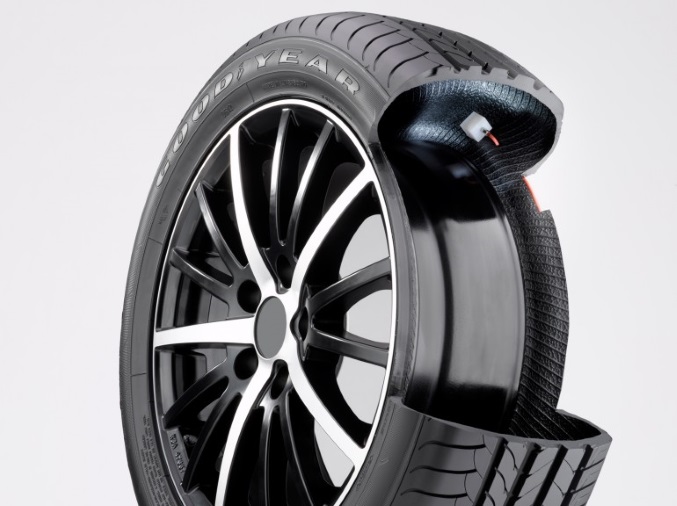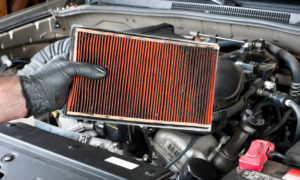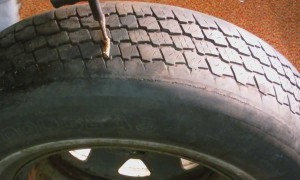
Self-inflating tire systems are used by truckers and the military has had them for years. But they aren’t offered on ordinary passenger cars, though. True, many cars and trucks today are equipped with tire pressure-monitoring systems, but there’s no way for the driver to do anything about low tire pressure while driving. In this article, we will look at the more general topic of tire pressure and the concept of self-inflating systems.
First, consider that the pressure in the tires on your car or truck is constantly changing. This occurs due to two concepts. The first is that air pressure changes with temperature. When tires get hot, the air pressure in them increases. Conversely, when they get cold, the tire pressure decreases. The second concept is “permeation” which is when air simply leaks out of a tire over time. Tires can lose one or two psi (pounds per square inch) each month due to permeation. Tire pressure can be dramatically affected, of course, if a foreign object punctures the tire too. Sometimes this kind of leak is very slow and drivers simply ignore it.
According to www.milneschevy.com,about 80 percent of the cars on the road are driving with one or more tires underinflated. There are two main reasons why this is sub-optimum. First, under-inflated tires are bad for your gas mileage. This is why: the rolling resistance of a tire increases as a tire gets softer and hotter. This requires your car to produce more horsepower to overcome the additional rolling resistance, and this eats up more gas. Statistics show that tires that are underinflated by as little as 2 psi reduce gas mileage by 10 percent!
The second reason why tire under-inflation is bad is that when tires are low on air, the tire tread wears down more quickly. Here’s why: because tires are flexible, they flatten at the bottom when they roll. The tire rebounds to its original shape as a tire navigates standard road contours and this creates a wave of motion in the tire. When a tire is underinflated, this constant friction causes more tire wear and less gas mileage.
By the way, you can’t tell if your tires are properly inflated just by looking at them, you should use a tire pressure gauge. When you add air to them, you want to inflate them to the pressure that your car’s owner’s manual suggests. Important note: this is not the pressure that is stamped on the tire! The pressure rating stamped on your tire’s sidewall is the maximum pressure that the tire is rated for.
So, back to tire self-inflation systems, when will we see them on ordinary cars? According to many sources, it should be soon. The systems are proven but just haven’t migrated down to standard passenger automobiles yet. You can expect to see them being offered in a just a year or so and we may see the federal government getting involved requiring their adoption soon.
Thanks to the service department at Milnes Chevrolet
Previous article
The Popemobile is a Jeep!


